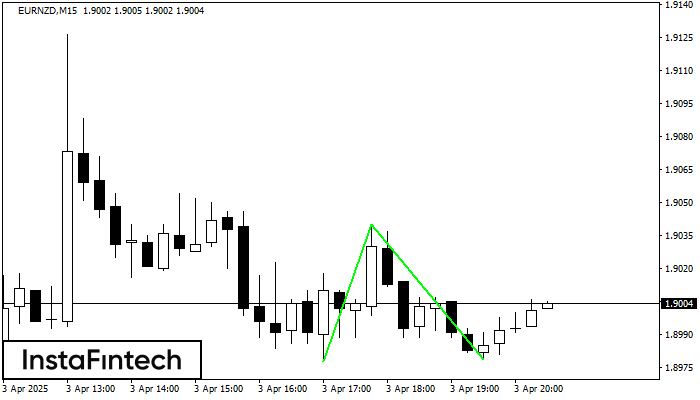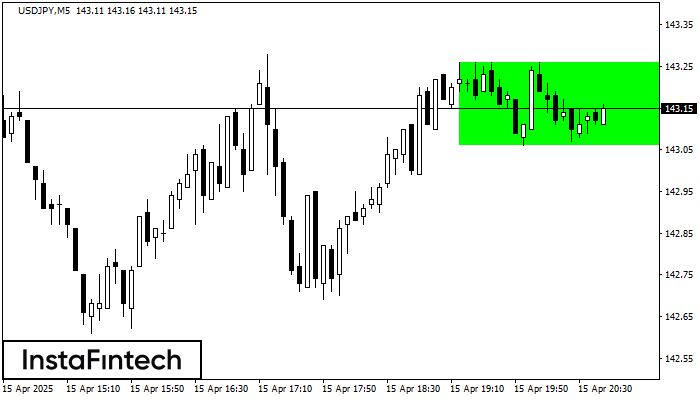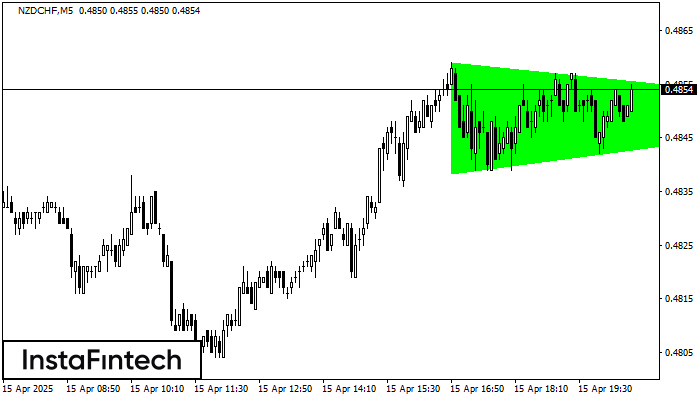Double Bottom
was formed on 03.04 at 19:30:42 (UTC+0)
signal strength 2 of 5

The Double Bottom pattern has been formed on EURNZD M15; the upper boundary is 1.9040; the lower boundary is 1.8979. The width of the pattern is 62 points. In case of a break of the upper boundary 1.9040, a change in the trend can be predicted where the width of the pattern will coincide with the distance to a possible take profit level.
The M5 and M15 time frames may have more false entry points.
- All
- All
- Bearish Rectangle
- Bearish Symmetrical Triangle
- Bearish Symmetrical Triangle
- Bullish Rectangle
- Double Top
- Double Top
- Triple Bottom
- Triple Bottom
- Triple Top
- Triple Top
- All
- All
- Buy
- Sale
- All
- 1
- 2
- 3
- 4
- 5
Rectángulo Alcista
was formed on 15.04 at 19:47:26 (UTC+0)
signal strength 1 of 5
Según el gráfico de M5, USDJPY formó el Rectángulo Alcista. Este tipo de patrón indica la continuación de una tendencia. Esto consiste de dos niveles: resistencia 143.26 y soporte 143.06
Los marcos de tiempo M5 y M15 pueden tener más puntos de entrada falsos.
Open chart in a new window
Triple Piso
was formed on 15.04 at 19:40:19 (UTC+0)
signal strength 1 of 5
El patrón Triple Piso ha sido formado en #INTC M5. Este tiene las siguientes características: nivel de resistencia 20.65/20.24; nivel de soporte 19.98/19.90; el ancho es 67 puntos. En caso
Los marcos de tiempo M5 y M15 pueden tener más puntos de entrada falsos.
Open chart in a new window
Triángulo Simétrico Alcista
was formed on 15.04 at 19:38:50 (UTC+0)
signal strength 1 of 5
Según el gráfico de M5, NZDCHF formó el patrón Triángulo Simétrico Alcista. Descripción: Este es el patrón de la continuación de una tendencia. 0.4859 y 0.4838 son las coordenadas
Los marcos de tiempo M5 y M15 pueden tener más puntos de entrada falsos.
Open chart in a new window




















